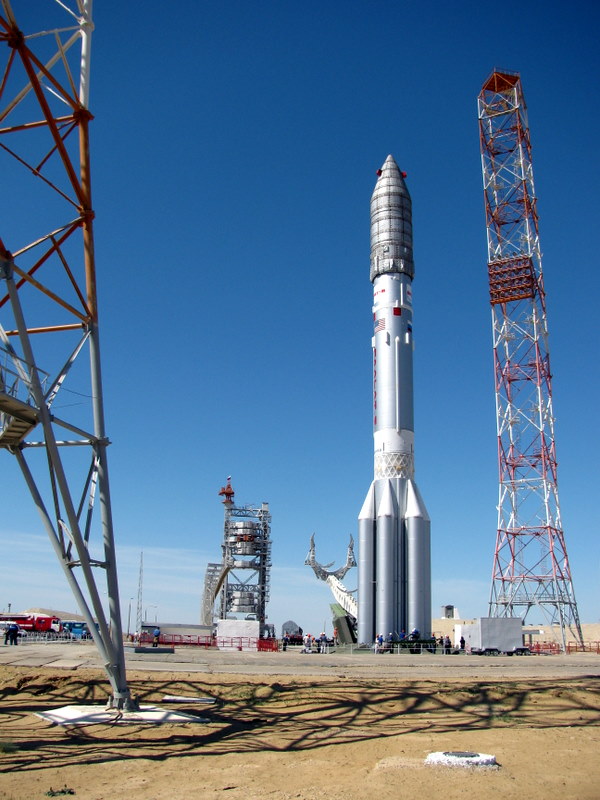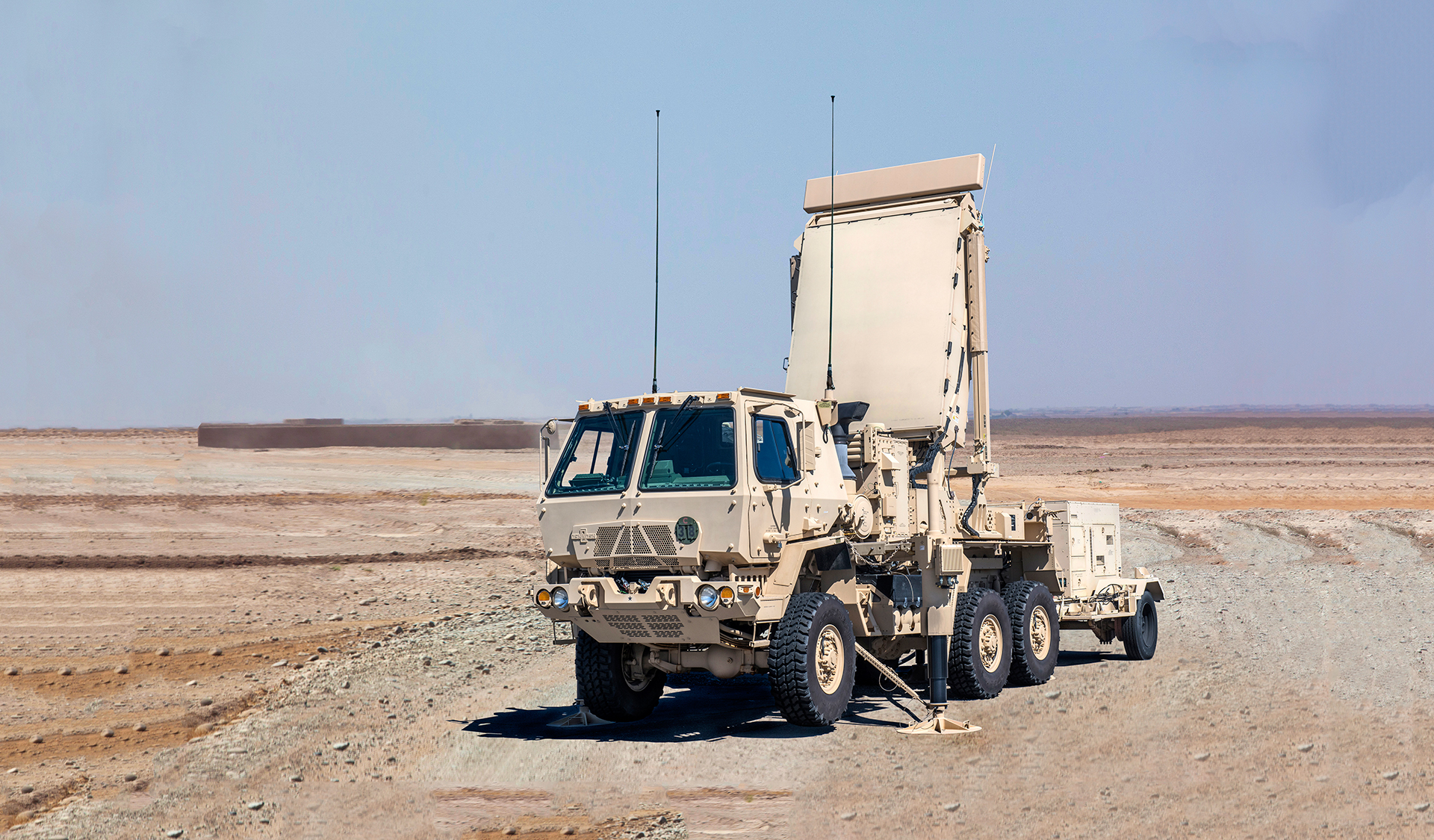Manufacturer: Khrunichev State Research and Production Space Center
Height: 58.2 meters (191 feet)
Diameter: 7.4 meters (24.3 feet)
Mass: 705,000 kg (1,554,000 lb)
Payload to LEO: 23,000 kg (50,706 lb)
Payload to GTO: 6,300 kg (13,889 lb)
Stages: 3 or 4
Engines:First Stage: 6 RD-275 engines, Second Stage: 3 RD-0210 engines,Third Stage: 1 RD-0213 engine, Fourth Stage (optional): Briz-M or Blok-D upper stage
Launch Sites: Baikonur
Description
The Proton-M is a Russian heavy-lift launch vehicle developed by Khrunichev State Research and Production Space Center. It is an upgraded version of the Proton-K and has been in service since 2001. The rocket is primarily used for commercial satellite launches, interplanetary missions, and military payloads.
Stages: 3
Upper Stage: None (basic version)
Payload Capacity:
Low Earth Orbit (LEO): ~23,000 kg
Geostationary Transfer Orbit (GTO): Not available in this configuration
Usage: Rarely used, primarily for large LEO payloads
Proton-M / Briz-M
Stages: 3 + Briz-M upper stage
Upper Stage: Briz-M, a restartable upper stage for high-precision orbit placement
Payload Capacity:
LEO: ~22,000 kg
GTO: ~6,300 kg
Geostationary Orbit (GEO): ~3,000–3,500 kg
Usage:
Commercial satellite launches (Intelsat, Eutelsat, Inmarsat)
Deep-space missions (ExoMars 2016, Fobos-Grunt)
Military payloads
Proton-M / Blok DM-03
Stages: 3 + Blok DM-03 upper stage
Upper Stage: Blok DM-03, a derivative of the Blok-DM used in previous Proton and Energia rockets
Payload Capacity:
LEO: ~23,000 kg
GTO: ~6,700 kg
Usage: Primarily used for Russian military and government satellites
Missions
Commercial Satellite Launches
Proton-M is widely used to deploy geostationary communication satellites for major satellite operators.
- Eutelsat – Launched multiple communications satellites for European markets.
- Intelsat – Placed international telecommunications satellites in orbit.
- Inmarsat – Supported mobile satellite communications for global services.
- OneWeb – Launched broadband satellites for a worldwide internet constellation.
Interplanetary & Scientific Missions
Proton-M has supported deep space exploration and scientific research missions.
ExoMars 2016 – Launched the ESA/Roscosmos Trace Gas Orbiter (TGO) to Mars.
Fobos-Grunt (2011) – A failed Russian mission to return samples from Phobos, a Martian moon.
Spektr-R (2011) – A Russian space telescope designed for high-resolution astrophysical studies.
GLONASS Satellites – Launched multiple satellites for Russia’s global navigation system.






